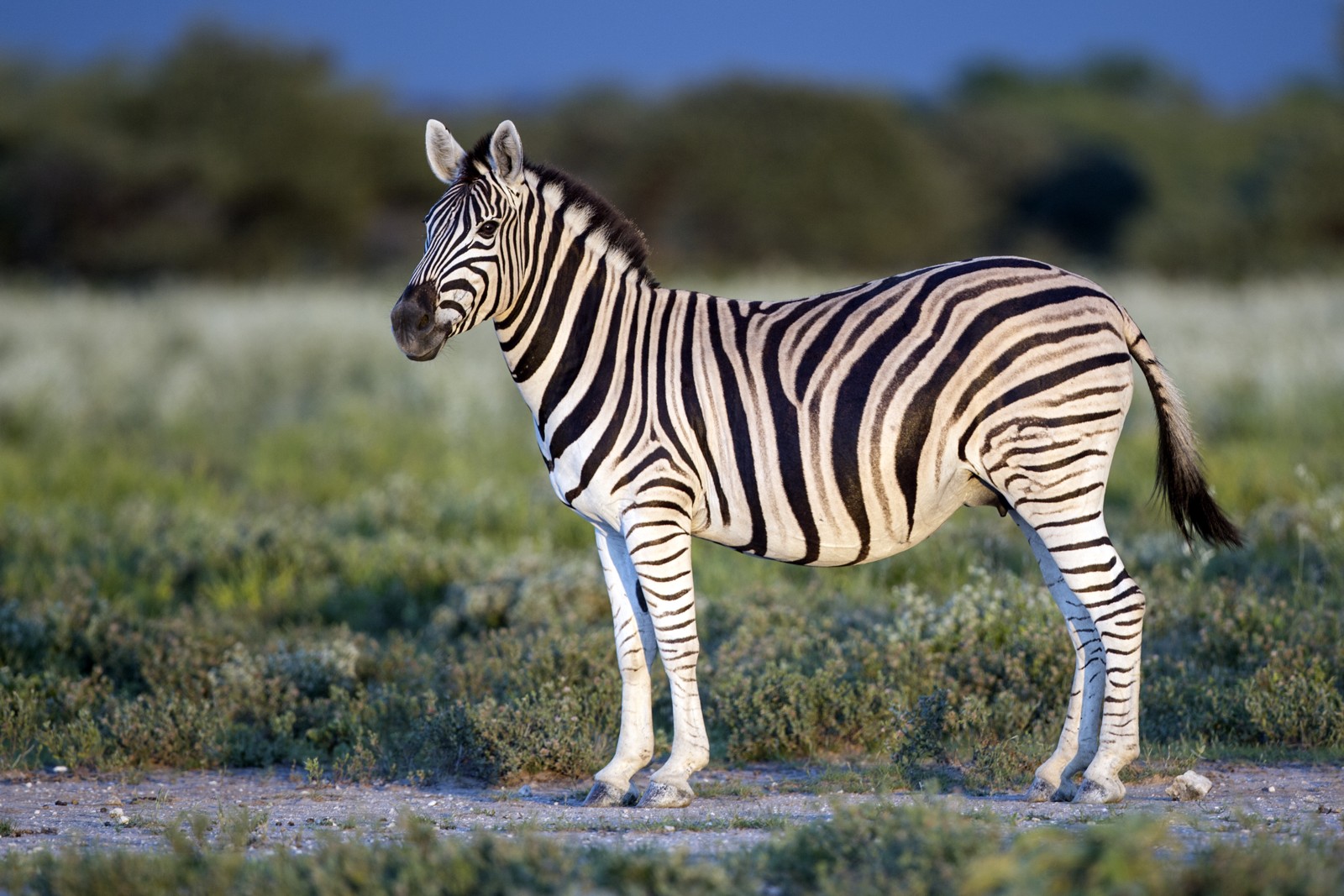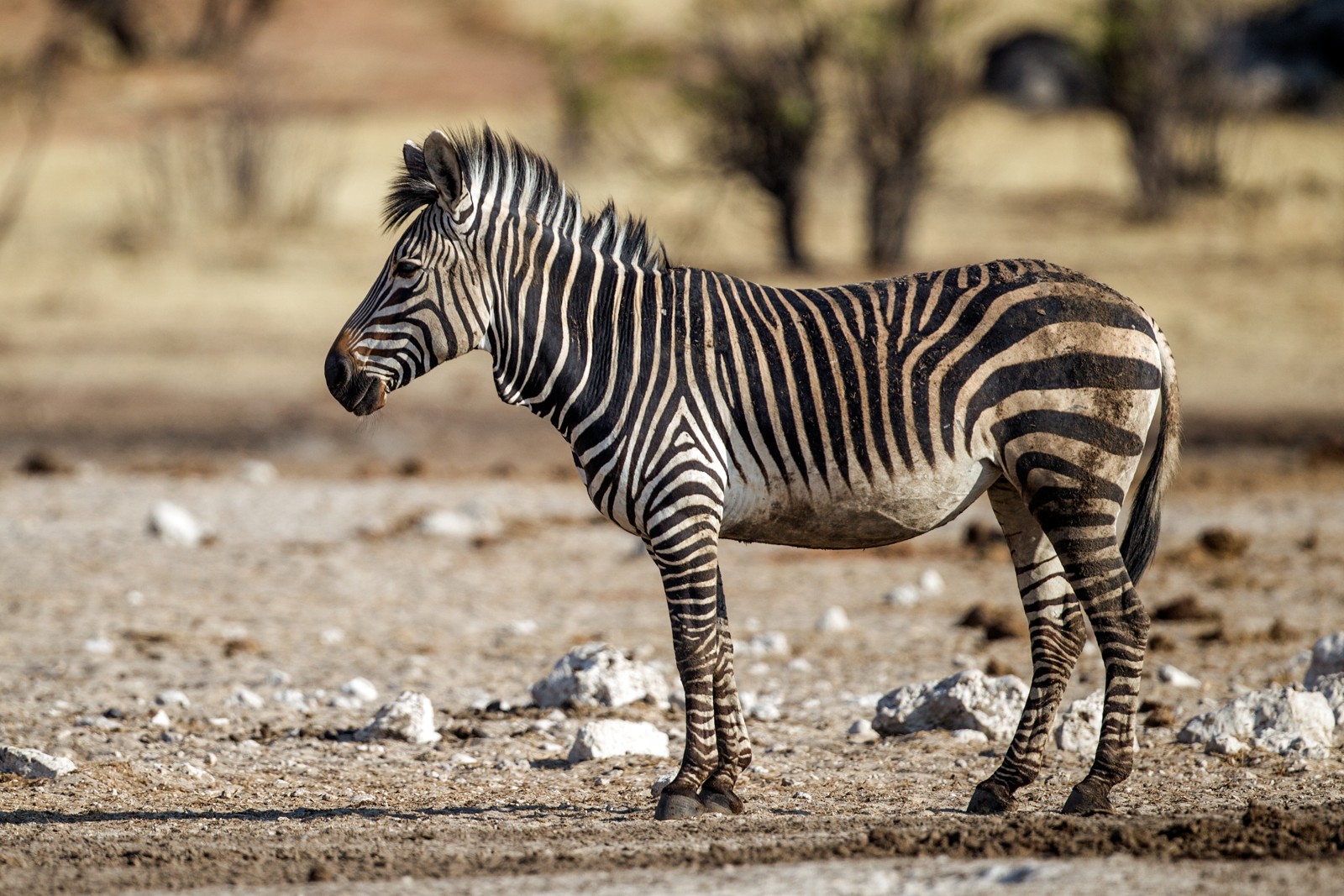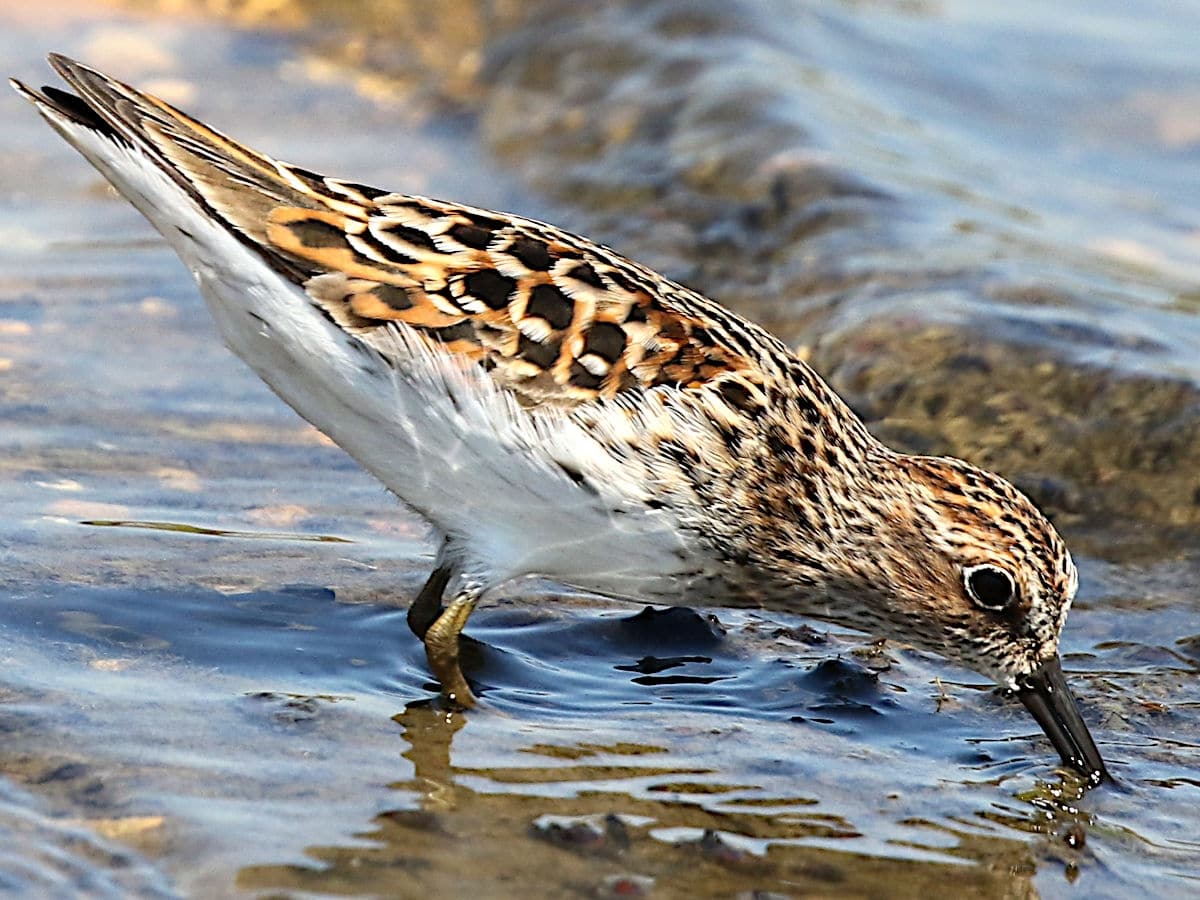Plains Zebra vs Mountain Zebra: A Complete Comparison
The Plains Zebra (Equus quagga) and Mountain Zebra (Equus zebra) represent two distinct species adapted to different African environments. While both sport the iconic black-and-white striped pattern, Plains Zebras typically stand 44-57 inches (112-145 cm) at the shoulder, while Mountain Zebras are slightly smaller at 43-51 inches (109-130 cm). These remarkable equids have evolved unique characteristics that reflect their specialized habitats.
The most notable difference between Plains Zebra vs Mountain Zebra lies in their stripe patterns and physical adaptations. Plains Zebras feature broader stripes that continue under their belly, while Mountain Zebras display narrower stripes that stop at their flanks, creating a distinctive white belly. This variation in stripe patterns serves different camouflage purposes in their respective environments.

© Yathin S Krishnappa / CC BY-SA 3.0
Plains Zebras showcase broader stripes and a more robust build, perfectly adapted to their grassland habitat. Notice the continuous striping pattern extending across the entire body, a characteristic feature that distinguishes them from their mountain-dwelling cousins.

© Yathin S Krishnappa / CC BY-SA 4.0
Mountain Zebras exhibit narrower stripes that stop at their flanks, revealing their distinctive white belly. Their more compact build and specialized hooves demonstrate clear adaptations to their rocky, mountainous habitat.
Key Differences Between Plains and Mountain Zebras
| Feature | Plains Zebra | Mountain Zebra |
|---|---|---|
| Size | 44-57 inches (112-145 cm) | 43-51 inches (109-130 cm) |
| Weight | 485-700 lbs (220-320 kg) | 530-820 lbs (240-372 kg) |
| Stripe Pattern | Broad stripes continuing under belly | Narrow stripes stopping at flanks |
| Habitat | Grasslands and savannas | Rocky mountain slopes |
| Social Structure | Large herds of 20-100 individuals | Small family groups of 5-12 |
| Population Status | Near Threatened | Vulnerable |
Habitat and Distribution
Plains Zebras thrive in the vast grasslands and savannas of eastern and southern Africa, ranging from South Sudan to South Africa. They require open areas with access to water and can migrate considerable distances following seasonal rains.
Mountain Zebras, as their name suggests, inhabit rocky mountain slopes and plateaus, primarily in South Africa, Namibia, and Angola. Their specialized hooves allow them to navigate steep, rocky terrain with remarkable agility.
Behavioral Differences
Social Structure
Plains Zebras form larger herds, often numbering 20-100 individuals, with complex social hierarchies. These herds typically consist of one stallion, multiple mares, and their offspring. During migration, several family groups may join together, creating herds of thousands.
Mountain Zebras maintain smaller, more intimate family groups of 5-12 individuals. These tight-knit bands usually comprise one stallion with a few mares and their young, reflecting their more restricted habitat range.
Feeding Habits
Plains Zebras are primarily grazers, feeding on various grass species. Their digestive system allows them to process coarser vegetation than many other herbivores. They often follow wildebeest migrations, taking advantage of fresh grass growth.
Mountain Zebras have adapted to browse on both grasses and leaves, showing more flexibility in their diet. They can survive on tougher, more fibrous vegetation found in their mountainous habitat.
Conservation Status and Threats
Both species face significant challenges, but their conservation status differs:
- Plains Zebras: Listed as Near Threatened, with approximately 500,000 individuals remaining
- Mountain Zebras: Classified as Vulnerable, with fewer than 35,000 individuals left in the wild
Primary threats include:
- Habitat loss due to human expansion
- Competition with livestock
- Hunting for meat and skins
- Climate change impacts on habitat quality
Who Would Win in a Confrontation?
While direct confrontations between Plains and Mountain Zebras rarely occur due to different habitat preferences, Plains Zebras generally have a slight advantage in physical contests. Their larger size and experience dealing with predators in open environments make them more formidable opponents. However, Mountain Zebras possess superior agility and strength for their size, advantages gained from navigating challenging terrain.
Both species primarily use their powerful kicks and bites in defensive situations, typically against predators rather than other zebras. Their natural instinct is to flee rather than fight when threatened.









